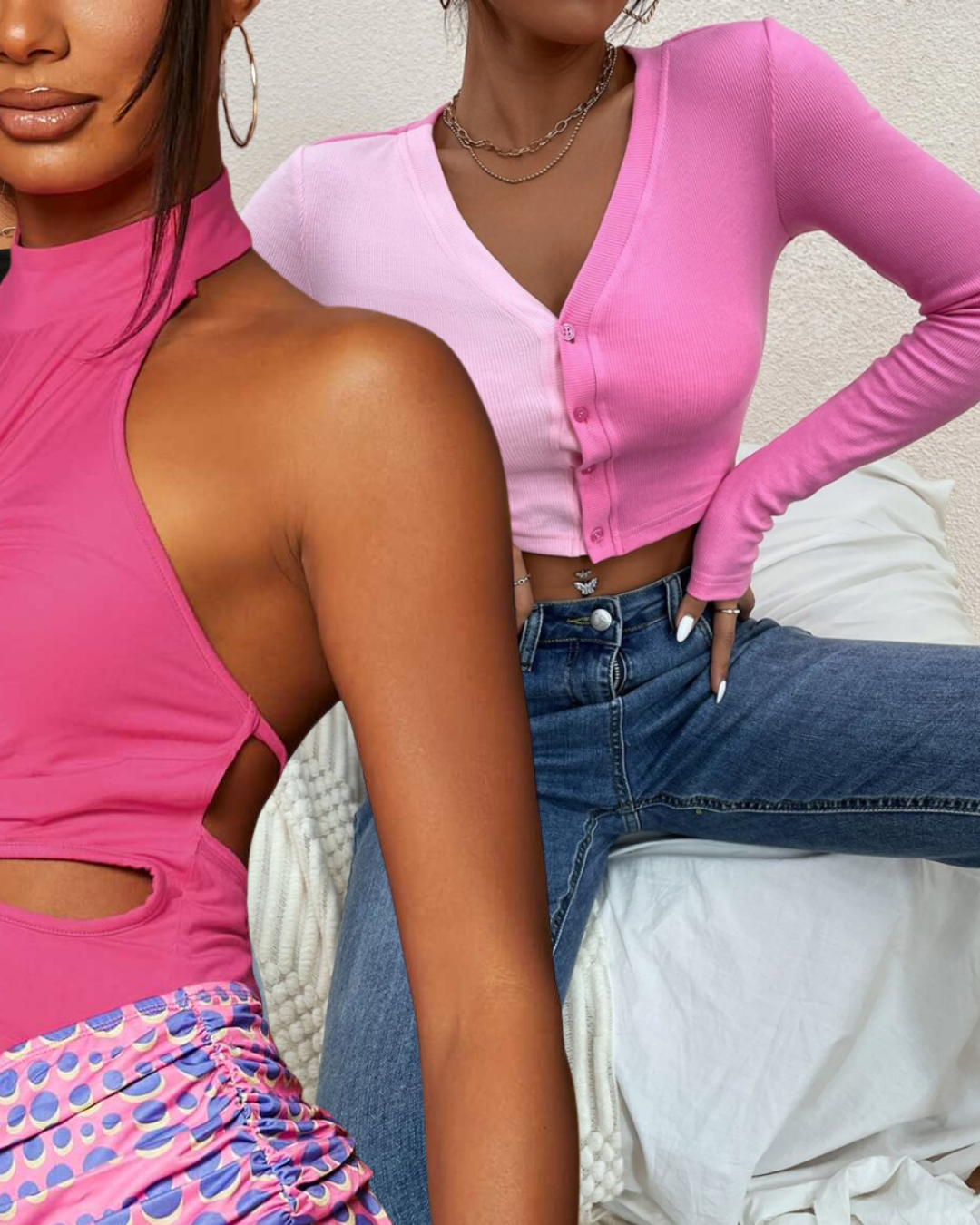Dear Ethical and Sustainable Fashion Brands, if You're Looking for a Sign to Offer More Inclusive Sizing — This Is It
This session first aired during the 2022 Sustainable Fashion Forum and was made accessible on our YouTube to the SFF community in partnership with ABLE.
For plus-size women, shopping can be a challenge. Despite 70% of women in the US wearing a size 14 or above, only 20% of apparel is made in those sizes. Add shopping ethically and sustainably to the equation, and it becomes even more challenging.
While there's been significant improvement in the number of retailers and brands (mainly fast fashion) offering plus sizes, finding sustainable size-inclusive brands is still much harder — especially if you're looking to shop in-store.
Over the years, the push for size-inclusivity has been answered by a handful of ethical brands expanding their offerings, but in 2022, why aren't there more sustainable options for plus-size bodies? If consumers are supposed to contribute to solving the climate crisis by minimizing our carbon footprint through activities like shopping sustainably, how is that possible if over 70% of women aren't included?
“Anti-fat bias plays a huge role,” explains writer, photographer, and influencer Marielle TerHart. “For a long time, plus-size individuals were viewed as being in temporary bodies, unwilling to spend money on clothing, and not interested in fashion. There's an unconscious or very conscious bias that fat people don't want to spend money on clothing and that if we loved our bodies, why wouldn't we be pursuing thinness? Why wouldn't we be trying to fit into straight sizing? Thankfully, there's been a lot of pushback from the plus-size community, but this rhetoric still factors into the decisions, especially from a business perspective.”
For many brands, the issue stems from a lack of education on how to design and grade for plus-size bodies, explained TerHart. “Creating plus-sizing isn't just about grading up from the existing size range you have. It's about completely creating new grading rules,” said TerHart, who works with brands as a consultant and fit model. “Bodies don't perfectly grow in a mathematical sense, so you can't just keep grading mathematically beyond a size 8. Fashion schools aren't teaching plus-size grading, so we have designers graduating from very prestigious fashion schools who have never designed or graded for a plus-size body, which adds to the level of apprehension brands feel.”
Aware that offering extended sizing requires more than simply adding additional sizes but instead requires a commitment to a demographic that's often ignored and let down — ABLE embarked on a journey to extend their sizing two years ago.
“ABLE started as a social, mission-based business focused on the impact on workers around the globe. As we've grown, we've incorporated a sustainable element realizing that being responsible to the environment ties into being responsible to the people living there. In the last two years, we've added a third element of responsibility to the customer, which was one of the main drivers that led us to extend our sizing in our apparel.” said Jen Milam, VP of sales & marketing at ABLE.
Currently, over 60% of ABLE's Spring 2022 Apparel collection is available in XXS-3X. By Spring 2023, ABLE has committed to offering 100% of its apparel in XXS-3X with denim and pants available up to 24W, including additional inseam lengths.
Moving into plus-size requires more than simply adding additional sizes but also requires a commitment to listening to this demographic and working with them to create clothing that meets their needs holistically. Recognizing how difficult it can be, ABLE powered a conversation during the 2022 Sustainable Fashion Forum with TerHart and Ishmael to discuss what's important to plus-size customers and how to approach designing for this demographic.
Join the conversation. Click here to watch the full conversation on YouTube.







